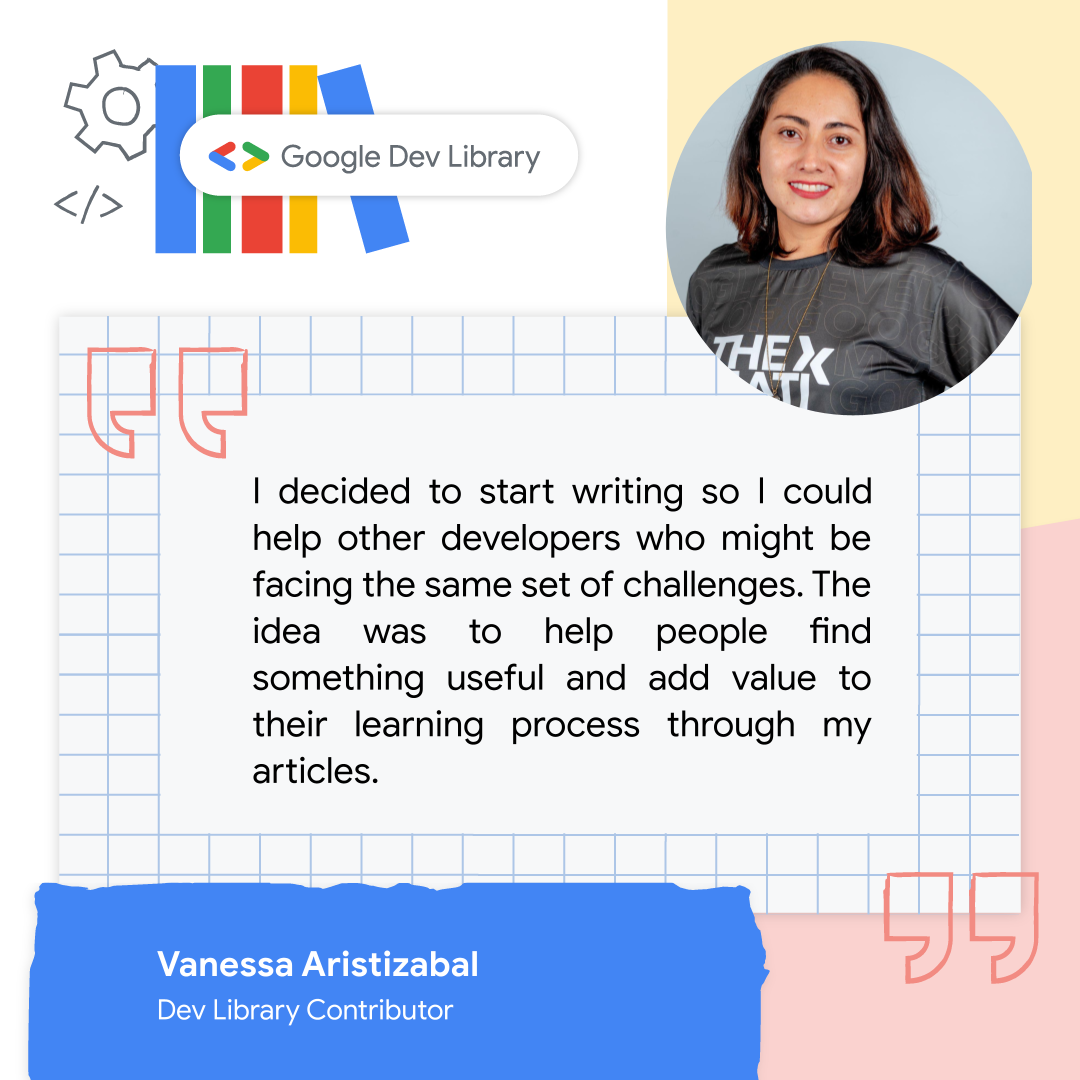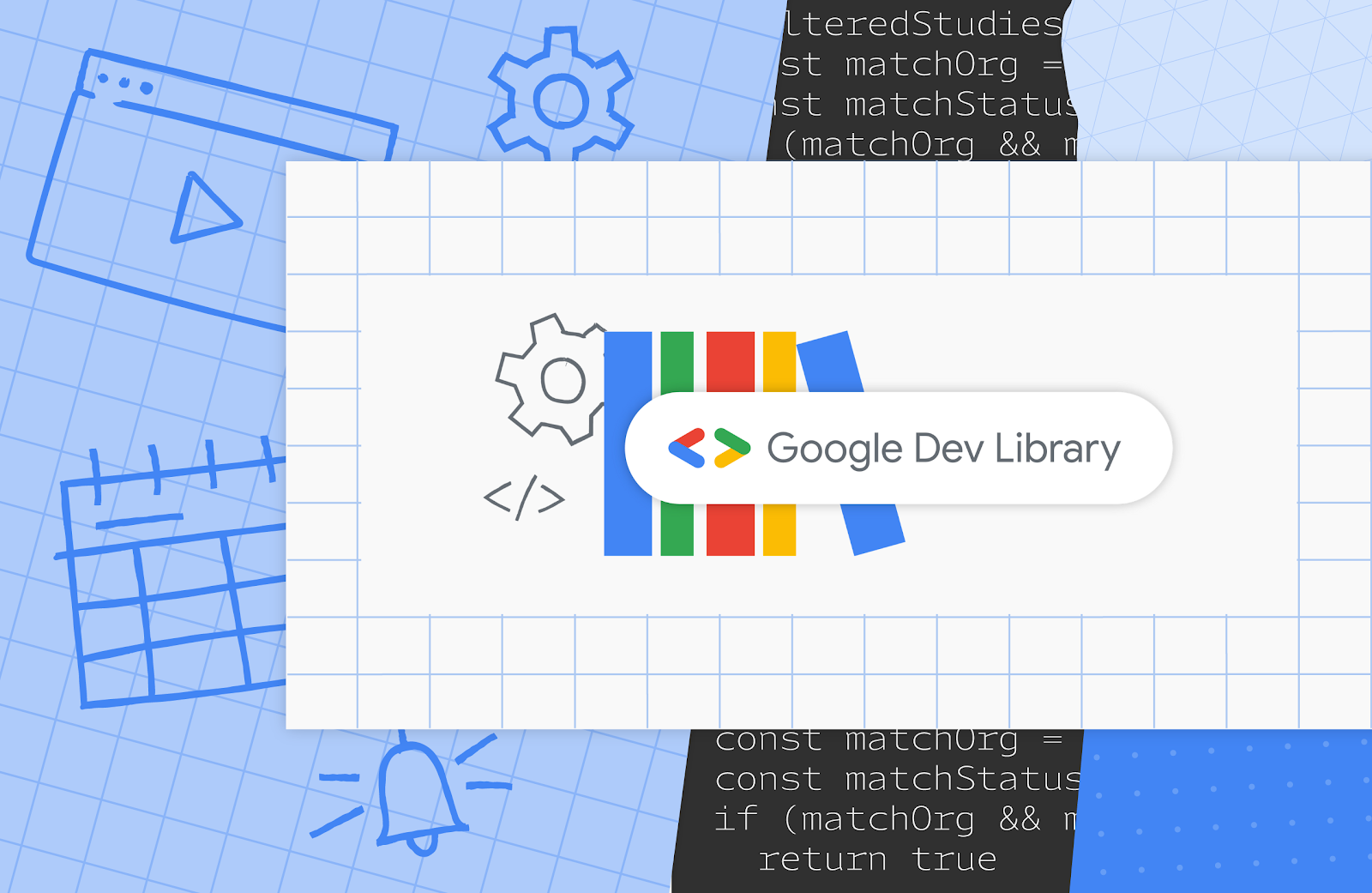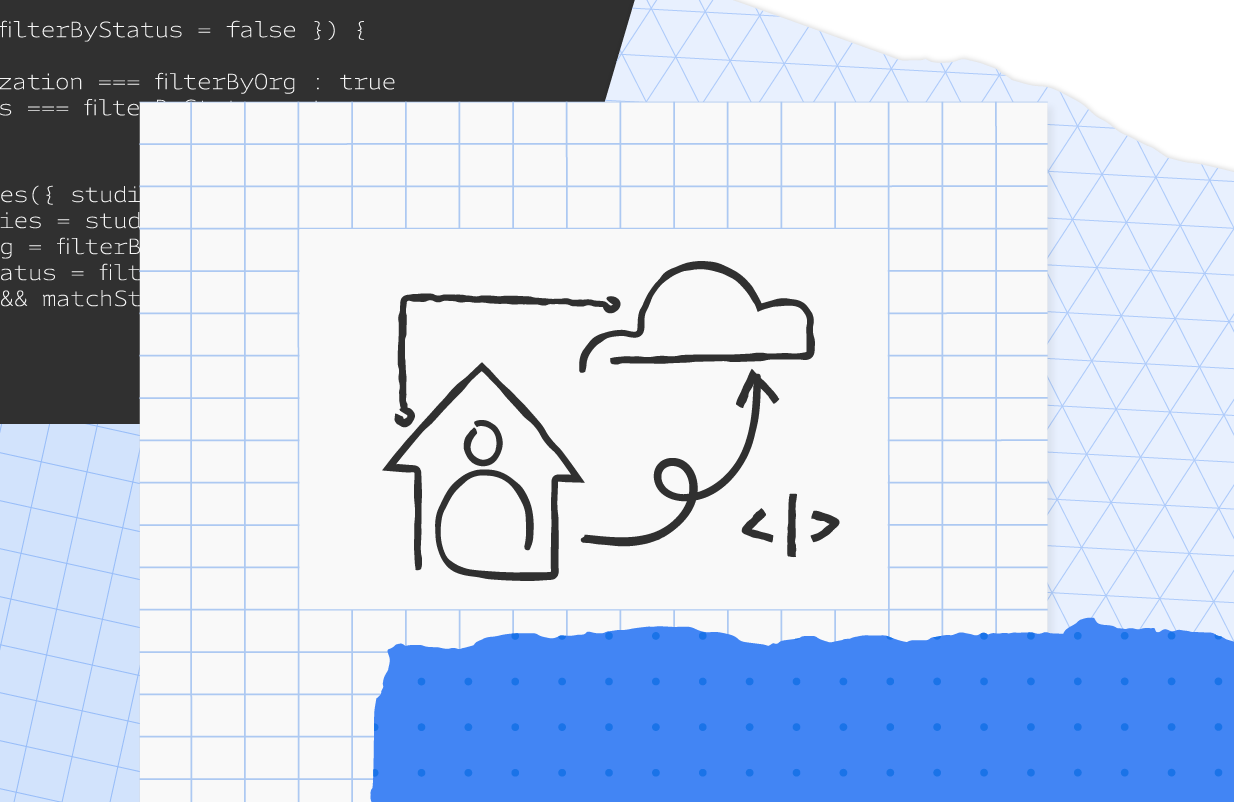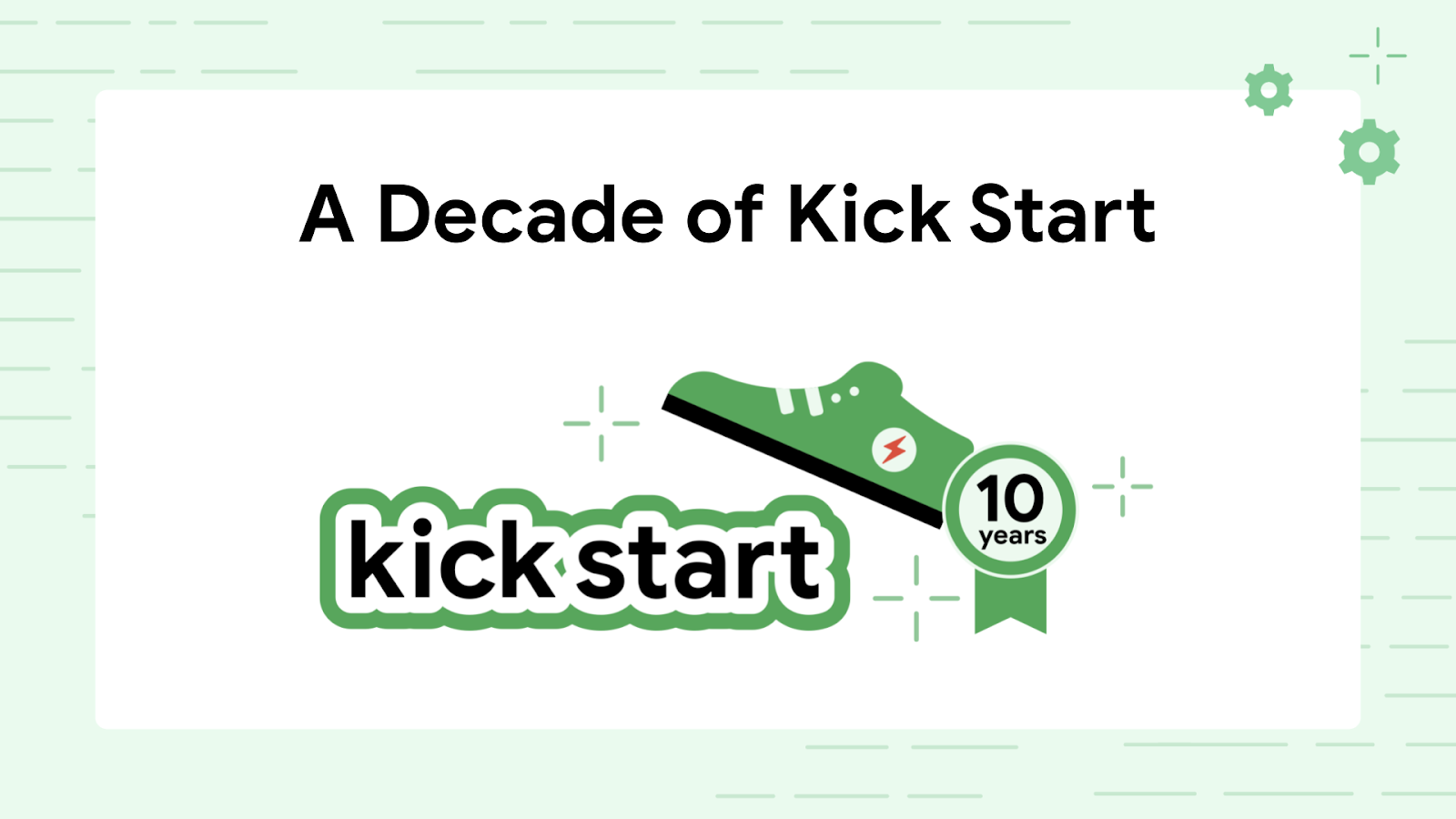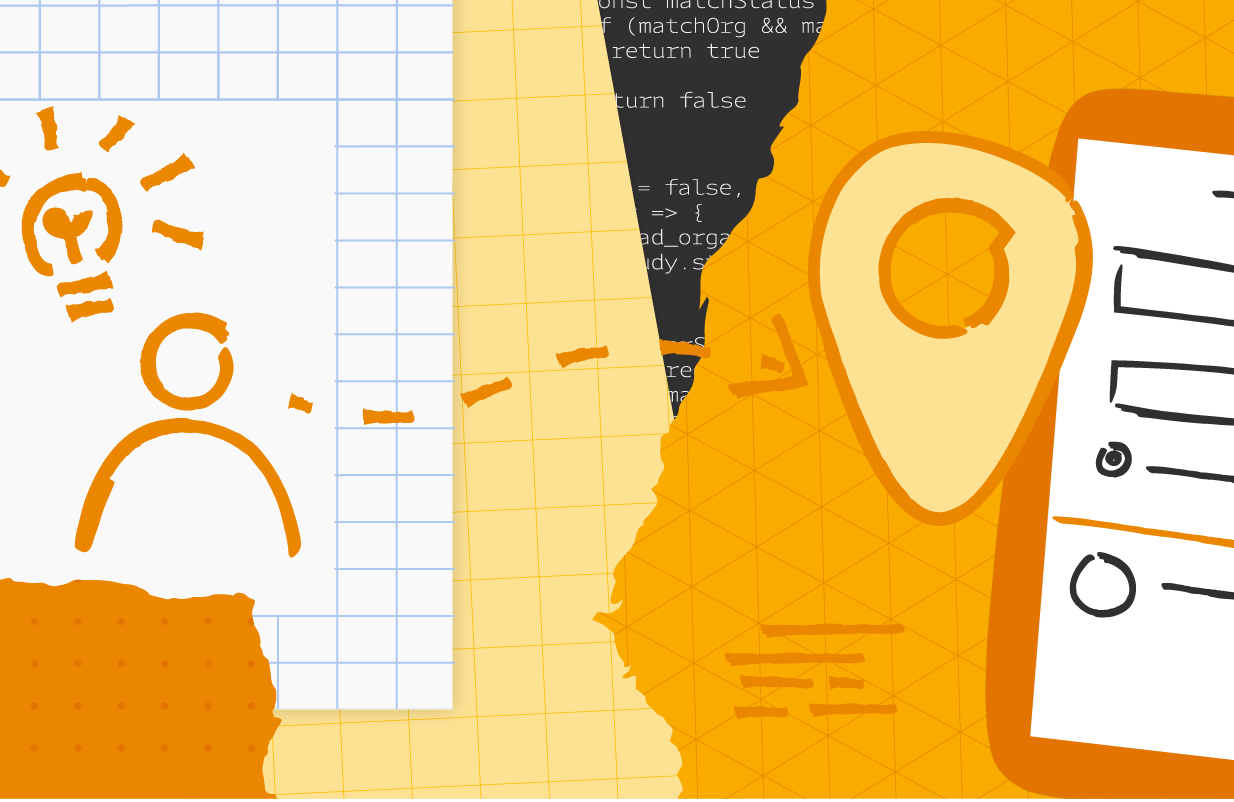
Posted by Lyanne Alfaro, DevRel Program Manager, Google Developer Studio

Developer Journey is a new monthly series to spotlight diverse and global developers sharing relatable challenges, opportunities, and wins in their journey. Every month, we will spotlight developers around the world, the Google tools they leverage, and the kind of products they are building.
In December, we are continuing our #DevJourney by providing members of our community with a platform to share their stories through our social platforms. This month, it’s our pleasure to feature three members spanning products, including Google Developer Experts. Enjoy reading through their entries below and be on the lookout on social media platforms, where we will also showcase their work.
Carlos Azaustre
GDE, Web Technologies
Madrid, Spain
YouTube: youtube.com/@CarlosAzaustre
What Google tools have you used?
I usually work as a web frontend developer. My principal tool is JavaScript as a programming language using some frameworks. Due to my job, I work with React.js and in the past, I've worked with AngularJS. And one of my favorite Google technologies is Firebase. I'm a heavy user of Firebase Authentication, Cloud Firestore as Database, and Cloud Functions for making Serverless web apps.
Which tool has been your favorite to use? Why?
I love Firebase because its services allow me to have the functionalities of a backend without the need of a lot of configuration. I'm a primary frontend developer, so the backend is not one of my great skills. Firebase makes it so easy to have a Serverless Backend with all the services that they provide year by year. The last update on Firebase Hosting makes the platform powerful.
Please share something you have built in the past using Google tools.
I built the frontend of my past startup using Angular, and some Firebase Services, Auth, and Database mainly.
What advice would you give someone starting in their developer journey?
My principal advice is to not give up. Some days you can feel frustrated or like an imposter, but it is okay. I used to feel this way every day. Celebrate your small wins and focus on the big picture on your journey.
Loiane Groner
GDE, Angular
Davenport, FL
Twitter: @loiane
Youtube: https://www.youtube.com/@loianegroner
What Google tools have you used?
I've been working as a software developer for over 15 years. Throughout my journey, I had the opportunity to develop hybrid mobile apps for the Android platform, but my expertise lies in full-stack development, especially using Angular. I've also created projects that use Firebase and Google Cloud services, such as CloudRun.
Which tool has been your favorite to use? Why?
I'm very passionate about Angular. Given my Java background, I enjoyed learning Angular with TypeScript, and it felt very familiar. Angular makes it easier to develop complex frontend applications as it's a complete framework. It provides tools such as the Angular CLI to scaffold a project quickly, create components, services and other file types, and build the project for production deployment. It does not matter if you are building an extensive application or micro-fronts; Angular has you covered with whatever you need. I like Angular Material for the UI part, which provides modern UI components and accessibility features. And last but not least, Firebase. Firebase is a great platform, from hosting web applications to providing direct access to a real-time database and secure authentication, and fast-tracking project development.
Please share something you’ve built in the past using Google tools.
Besides the applications I've developed at work, I've built a training portal using Angular, Angular Material, and Firebase. This training portal collates all the free courses I host on Youtube in Portuguese, and students can track what lessons they've watched. And at the end of the training, they get a certificate of completion so they can use the hours and present at the university or their employer. I've passed the 100k students mark, and it's incredible how easy it is to scale a project in Firebase, from hosting capabilities to access to Firestore. Even with more than 100k users, it costs less than a fast food meal (monthly)!
What advice would you give someone starting in their developer journey?
Be a part of a community. The beauty of working in tech is that we have amazing people willing to help!
Although seeing so many different technologies and acronyms might be scary, don't worry about learning everything immediately. Focus on understanding the basics so that you can have a strong foundation. Also, focus on one topic at a time; once you're done with that topic, incrementally add new concepts or learn the next topic on your list.
And finally, in tech, we're students eternally. So always be curious.
Merve Noyan
GDE, Machine Learning
Paris, France
Twitter: @mervenoyann
What Google tools have you used?
Tools within the TensorFlow ecosystem.
Which tool has been your favorite to use? Why?
TensorFlow with Keras. It's very easy to build machine learning models and take them to production using TensorFlow Extended!
Please share something you have built in the past using Google tools.
I've built an information retrieval model using TensorFlow Keras and Hugging Face Transformers. It was used to extract information from academic papers to automate a repetitive task for researchers.
What advice would you give someone starting in their developer journey?
They should find the nearest Google Developers community. It helps you grow and meet other developers using the same stack as you do.


